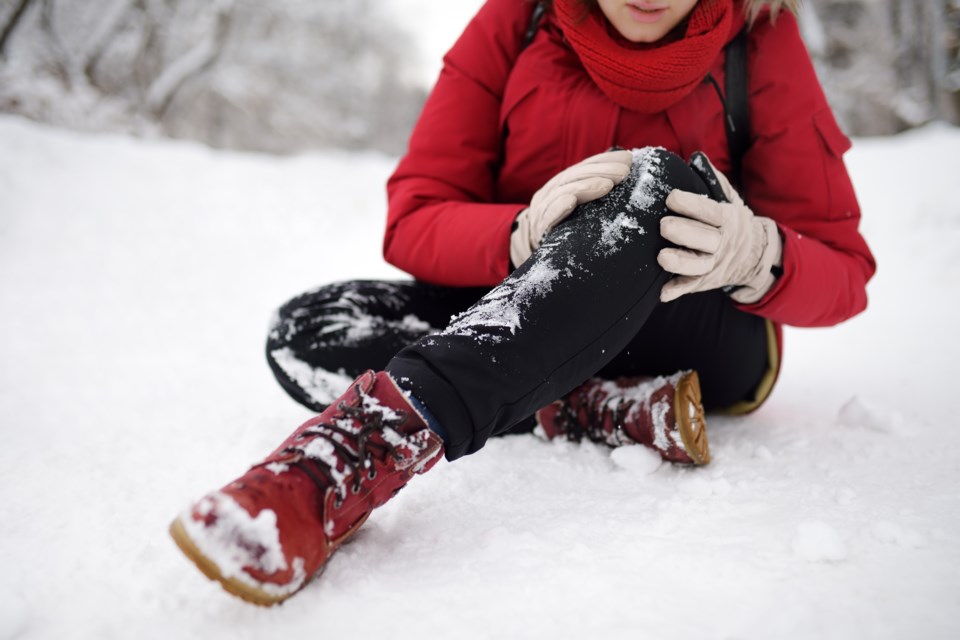Winter has officially made its arrival in Saskatchewan, and can likely be felt in every aspect of your daily routine. Whether it’s navigating the icy sidewalks or bundling up as you run errands, the snow, ice and frigid temperatures present a seasonal challenge. For seniors and the elderly, the arrival of ice and snow means increased risk of falls and injury.
Each year, one in every three adults age 65 and older falls. A variety of studies have shown a high correlation between cold weather and an increase in falls among older adults, too. The chances for falls in colder weather increases significantly after age 65, and dramatically for seniors 75 years and older.[1]
Senior care experts recommend these preventive safety tips to prevent falls[2]:
• Ensure steps and walkways are clear before you venture out. Be especially careful if you see wet pavement that could be iced over.
• If you use a cane, replace the rubber tip before it is worn smooth. Consider an ice pick-like attachment that fits onto the end of the cane for additional traction.
• Wear the right clothing. Choose function over fashion and stick to rubber-soled shoes with a non-skid soles. Bundle up but make sure you can move easily and see in all directions. Do some light stretching before going out; it will make you physically more able to prevent a fall.
• If you feel fatigued stay at home. Going out when you’re not at your best is putting yourself at risk for a dangerous fall. Know your limits. Consider utilizing delivery services from pharmacies or grocery stores, or asking favors of family and friends.
• Maintain your exercise habits as the weather starts getting colder. It’s hard to stay motivated to exercise when you’re homebound. But lots of indoor exercises can keep you fit when you can’t venture out. Stand at a counter and do knee-bends, or practice balancing on one leg (always near something you can grab if necessary). March in place, or stand up from a couch, sit down and stand again to help keep legs strong. Consult with a doctor or exercise specialist to help you develop a more complete indoor exercise program.
• Have a safety plan. Go out with a friend, or carry a cell phone or other alert device so you can get help quickly in the event of a fall. Don’t use assistive devices without practicing at home. Rely on others. Let them know where you are, and ask yourself, “If I fell here, what would I do?” This will remove some of the worry that might set in if you do fall.
Gillian Froehlich, Age Friendly Committee, Moose Jaw





